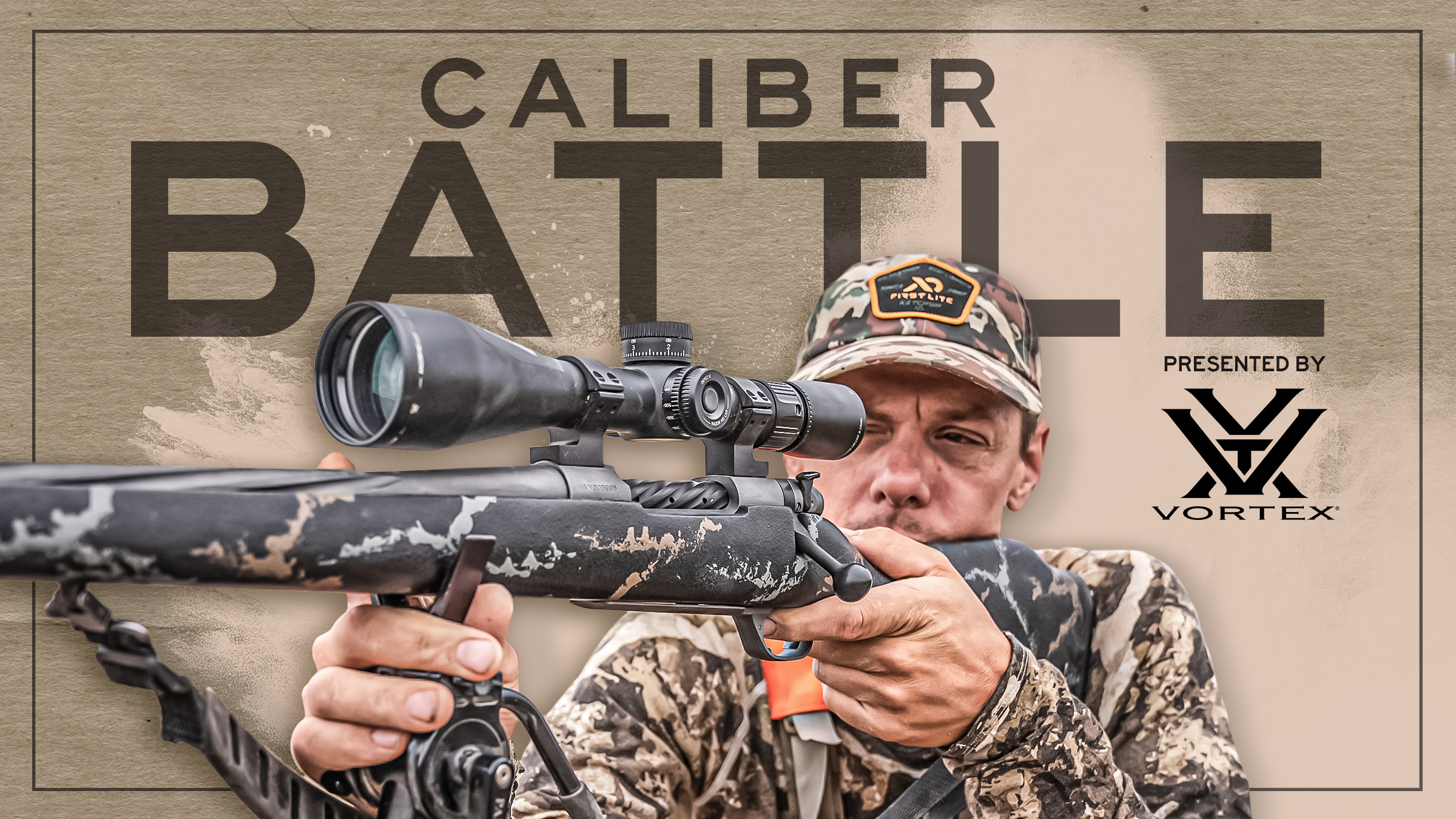
For a large portion of the 20th century, the .357 Magnum and the .44 Remington Magnum were the undisputed heavyweight champions of the handgun cartridge world. The .357 held that title for an impressive 20 years between 1935 and 1955, while the .44 Rem. Mag. was the king from its release in 1955 until the .454 Casull hit the market (as a wildcat in 1959 and as a standardized SAAMI cartridge in 1998, but who’s counting?).
These two legendary cartridges aren’t just for target shooting and Dirty Harry movies, either. They’ve taken everything from whitetail deer to grizzly bears through the bores of both large-frame revolvers and lever action rifles.
Either would make an excellent choice for handgun hunting, but which would win in a modern-day heavyweight bout? Read on to find out.

Ballistics
I won’t belabor this point–the .44 Mag. is more powerful than the .357 Mag. It fires heavier, wider bullets the same speed as its smaller predecessor, which produces far more energy at the muzzle and terminal damage downrange.
These 158-grain Federal Fusion .357 Mag. loads, for example, exit a four-inch barrel at 1,240 feet-per-second (fps) and produce 539 foot-pounds (ft.-lbs.) of energy. These Federal Fusion .44 Mag. loads travel about the same speed (1,290 fps), but they use 240-grain bullets to do it. The heavier pills produce a whopping 887 ft.-lbs. of energy from that pistol-length barrel.
Trajectories at 100 yards are similar using those Federal Fusion bullets: the .357 drops 7.1 inches while the .44 Mag. drops 6.7 inches.
The .44 Mag. is more powerful in all handguns, but some might assume that a longer barrel changes this dynamic. Both cartridges are widely chambered in lever-action rifles, and it’s reasonable to wonder whether those extra inches make a difference.
In a word, not really. A 240-grain Federal Hydra-Shok .44 Mag. leaves an 18-inch barrel at 1,643 fps, according to Ballistics by the Inch. A 158-grain Federal Hydra-Shok .357 Mag. leaves the same barrel at 1,721 fps, but that slight velocity increase isn’t enough to close the energy gap.
Federal’s own data backs this up. In their HammerDown series, which is designed for lever guns, the .44 Mag. beats the .357 in velocity, energy, and trajectory.
Winner: .44 Remington Magnum
Shootability
A cartridge’s recoil energy is highly dependent on a firearm’s weight, and that’s doubly true when it comes to handguns. Most people experience initial discomfort shooting a .44 Rem. Mag. through a revolver, but Chuck Hawks reports that the same cartridge is eminently manageable in a 7.5-pound rifle. In this scenario, a 240-grain projectile traveling 1,760 fps only produces about 11 ft.-lbs. of recoil energy. For comparison, a .308 Win. usually produces about 18 ft.-lbs.
But while a .44 Rem. Mag. is pleasant to fire from a rifle, the .357 Mag. still has it beat. It’s a delight to shoot with a heavy revolver, and in a lever-action rifle it only kicks with four to five foot-pounds of recoil energy. That’s just a little more recoil than a .223 Rem.
The .357 is easier to shoot than the .44 Rem. Mag., and it’s also easier on your wallet. The .357 is less expensive both in the hunting and plinking categories. You’ll pay about $0.70 per round for the cheapest .357, but you aren’t escaping with a box of .44 Rem. Mag. for less than a dollar per round. When it comes to quality hunting ammo, the .357 is usually 10-20% less expensive.
Winner: .357 Magnum
Versatility
In his classic handbook, “Cartridges of the World,” Frank C. Barnes describes how most people articulate the versatility gap between the .357 and the .44 Rem. Mag. He says that while the .357 is “the best all-around handgun hunting cartridge for small and medium game,” it is “not fully adequate” for large game like elk and bear “unless used by an excellent marksman.”
The .44 Rem. Mag., on the other hand, “is one of the few commercial handgun cartridges that can be considered fully adequate for big game hunting.” He christens the “big .44” as capable of bringing down deer, black bear, elk, moose, and even big Alaskan brown bears.
These distinctions are fair, but Barnes is considering both cartridges as exclusively handgun rounds. Shot from a lever action rifle and when using modern hunting bullets, the .357 deserves a little more credit as a deer slayer.
That being said, it’s impossible to argue that the .357 is more versatile than the .44. Neither is considered an ideal varmint round, but the .44 can punch higher than the .357 to more easily take very large game like moose and brown bear.
Winner: .44 Remington Magnum
And the Winner Is…
As the winner of two out of three categories, the .44 Rem. Mag. deserves the nod in this Caliber Battle. But your personal decision depends on whether the .44 Mag.’s added recoil is worth its versatility advantage. This is especially true if you plan to hunt with a handgun. Can you shoot the .44 accurately, and do you care about going after large game? If the answer to both questions is “Yes,” the .44 is the way to go. If the answer to either question is “No,” the .357 Mag. deserves a look. It’s a great short-range deer cartridge, especially in a rifle, and it’s cheaper and easier to shoot.
Overall Winner: .44 Remington Magnum
Image Credit: Holt Works Photo




Conversation